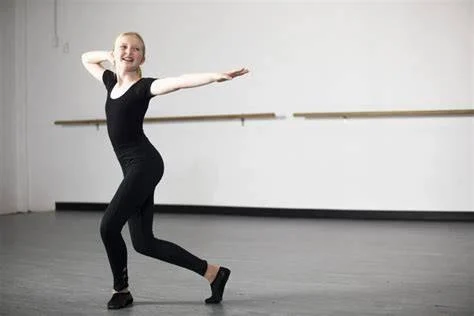
- 1- Why Learn Jazz Dance?
- 2- Essential Jazz Dance Moves
- 3- Understanding the Rhythm and Music in Jazz Dance
- 4- Techniques for Beginners: Starting with Jazz Dance
- 5- Real-Life Examples: How Jazz Dance Transforms Lives
- 6- Why Choose American Dance Academy for Your Jazz Dance Journey
1. Why Learn Jazz Dance?
Jazz dance is a vibrant and energetic style that incorporates elements from ballet, modern, and musical theater. It’s an exciting form of expression that combines rhythmic movements with creativity and personality. Many people are drawn to jazz dance because it allows them to develop strength, flexibility, and coordination, while also expressing themselves through music and movement.
Whether you’re a beginner or an experienced dancer, learning jazz dance can improve your overall fitness, boost your confidence, and enhance your ability to perform. Plus, it’s a fun and social activity that can be enjoyed by people of all ages.
2. Essential Jazz Dance Moves
Before diving into more complex routines, it’s important to master some basic jazz dance moves. These foundational steps will help you build strength and coordination, allowing you to progress into more intricate choreography. Here are a few essential moves to get you started:
- Jazz Square: A basic move that involves a four-step pattern, creating a square shape on the floor. This move is fundamental in jazz choreography.
- Chassé: A gliding step in which one foot "chases" the other. It's a fluid movement used to transition from one position to another.
- Pirouette: A one-legged spin, often executed while keeping the other leg bent in a turned-out position. This move requires balance and control.
- Kick Ball Change: A quick foot movement in which one foot kicks, followed by a shift in weight. This is a versatile step commonly used in jazz routines.
These basic moves are the building blocks of jazz dance. As you progress, you’ll incorporate these steps into more complex sequences and develop your own style.
3. Understanding the Rhythm and Music in Jazz Dance
Jazz dance is all about rhythm and timing. One of the first things you’ll notice as you begin learning jazz is how closely the movements are connected to the music. Jazz dancers often work with fast-paced and syncopated rhythms, so it’s crucial to develop a strong sense of timing and musicality.
To truly excel in jazz dance, you must learn to listen to the music and interpret the rhythm through your body. Pay attention to the beats and the tempo of the music, and try to match your movements to the musical accents. This will help you become more fluid in your performance and improve your overall dancing technique.
4. Techniques for Beginners: Starting with Jazz Dance
If you're just starting out with jazz dance, it’s essential to focus on proper technique from the beginning. Here are a few tips to ensure you're building a strong foundation:
- Posture: Proper posture is key in jazz dance. Stand tall with your shoulders back, core engaged, and knees slightly bent to maintain balance and fluidity in your movements.
- Flexibility: Flexibility is crucial in jazz dance, as it allows you to perform a wide range of moves with ease. Incorporate stretching exercises into your routine to improve your flexibility over time.
- Control and Precision: Jazz dance requires control over every movement. Practice executing each move with precision and focus on the details, such as your arm positioning and foot placement.
- Footwork: Jazz dance places a lot of emphasis on footwork. Work on strengthening your ankles and feet to improve your performance of steps like chassé, kicks, and pirouettes.
Consistency is key. As with any form of dance, practice is essential to improving your technique and mastering new moves. If possible, take classes from an experienced instructor who can provide feedback and guidance.
5. Real-Life Examples: How Jazz Dance Transforms Lives
Jazz dance is not just a form of exercise—it’s also a way to transform your life. Many people have found that learning jazz dance has boosted their confidence, improved their mental and physical health, and opened up new social opportunities. For example, Sarah, a 42-year-old mother, started jazz dance classes as a way to get back into shape after having children. She discovered that not only did it help her get fit, but it also improved her mood and provided a fun social outlet.
Another example is Mike, a high school senior who joined his school’s dance team and learned jazz dance as part of the team’s routine. He found that jazz dance not only helped him improve his coordination and flexibility but also gave him a sense of belonging and achievement that boosted his confidence in other areas of life.
These real-life stories show how jazz dance can have a positive impact on both your physical and emotional well-being, no matter your age or background.
6. Why Choose American Dance Academy for Your Jazz Dance Journey
If you’re ready to start your jazz dance journey, American Dance Academy is here to help. Whether you're a beginner or looking to refine your skills, we offer professional dance instruction in a supportive and inspiring environment. Our experienced instructors will guide you through the techniques and movements that will help you master jazz dance and take your dancing to the next level.
At American Dance Academy, we understand the importance of proper technique, and our classes are designed to help you build a solid foundation while having fun. Visit us today to learn more about our jazz dance classes and take the first step towards mastering this exciting and dynamic dance style.
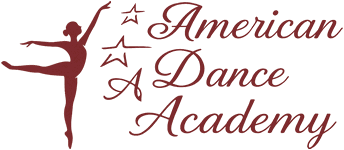
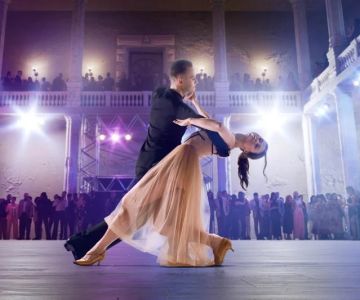
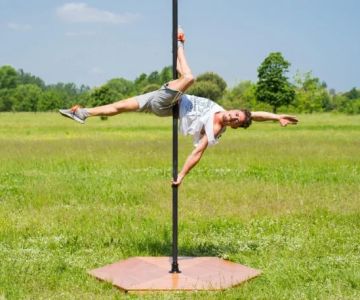
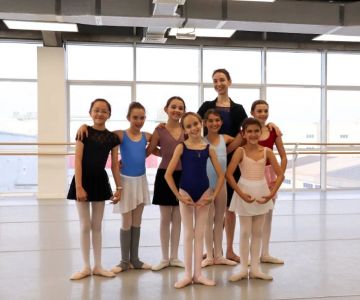
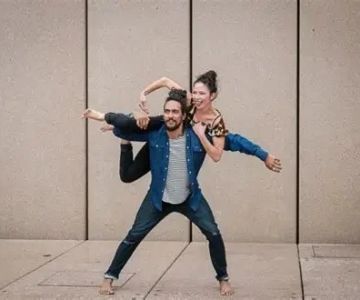
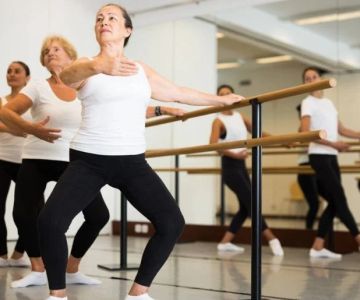
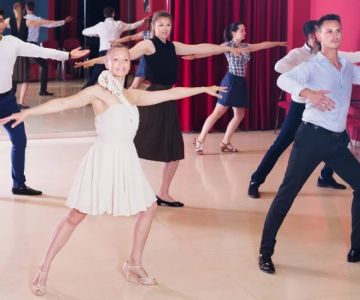
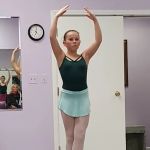 Barrington Dance Academy5.0 (22 reviews)
Barrington Dance Academy5.0 (22 reviews)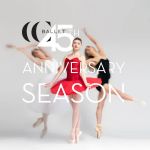 Canyon Concert Ballet4.0 (17 reviews)
Canyon Concert Ballet4.0 (17 reviews) Big City Dance Center LLC4.0 (25 reviews)
Big City Dance Center LLC4.0 (25 reviews)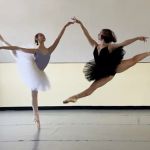 Tye Chua Dance & Kalamazoo Ballet5.0 (18 reviews)
Tye Chua Dance & Kalamazoo Ballet5.0 (18 reviews)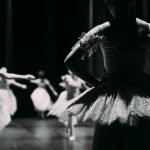 Fenton Ballet Theatre4.0 (24 reviews)
Fenton Ballet Theatre4.0 (24 reviews) Front Street Dance Center5.0 (7 reviews)
Front Street Dance Center5.0 (7 reviews) Are There Dances in Middle School? What Students and Parents Should Know
Are There Dances in Middle School? What Students and Parents Should Know How a Dance School in Instagram Builds Community and Success
How a Dance School in Instagram Builds Community and Success Why Do Schools Teach Square Dancing?
Why Do Schools Teach Square Dancing?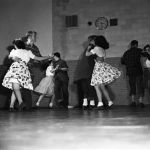 Why Was Square Dancing Taught in School?
Why Was Square Dancing Taught in School? Why Swing Dance Is Popular for Adults
Why Swing Dance Is Popular for Adults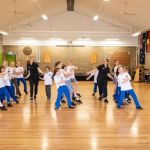 A School Dance: How to Prepare, Shine, and Make It Unforgettable
A School Dance: How to Prepare, Shine, and Make It Unforgettable